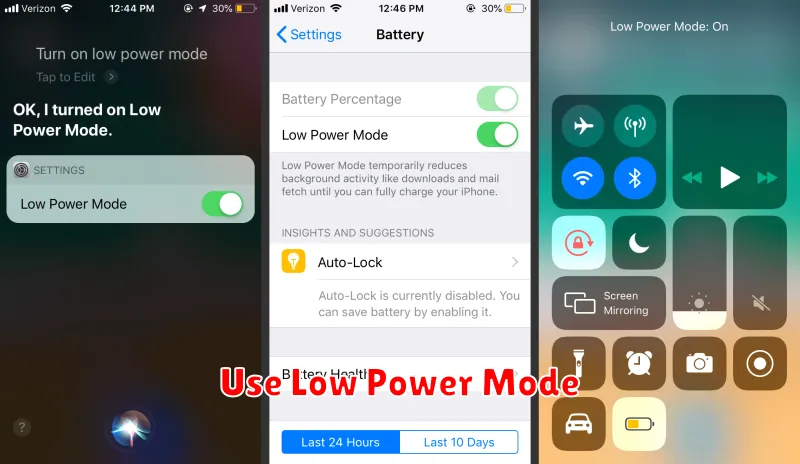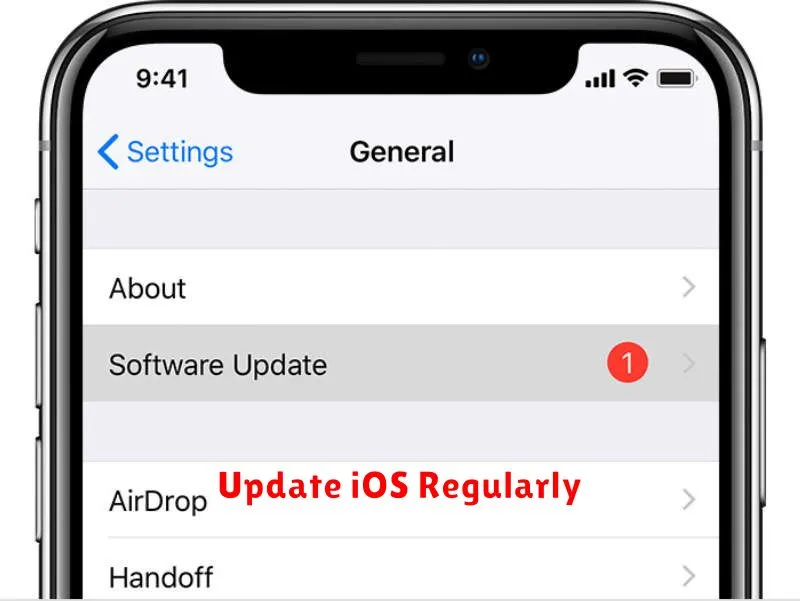Is your iPhone battery draining too fast? Are you constantly searching for a charger? A short battery lifespan can be incredibly frustrating, impacting your productivity and connectivity. This article provides simple tips and tricks you can implement immediately to extend your iPhone battery life, keeping you powered up throughout the day. Learn how to optimize settings and develop better charging habits to get the most out of your iPhone battery.
Maximize your iPhone battery health and minimize the need for frequent charging by following these practical and easy-to-understand guidelines. From managing screen brightness and background app activity to understanding charging best practices, these simple tips will make a significant difference in your iPhone battery lifespan. Discover how to easily implement these changes and enjoy a longer-lasting, more reliable battery performance on your iPhone.
Avoid Extreme Temperatures
Your iPhone’s battery is designed to perform optimally within a specific temperature range. Exposing it to extreme temperatures can significantly impact its lifespan and performance.
High temperatures are particularly harmful to lithium-ion batteries. Avoid leaving your iPhone in direct sunlight, particularly in hot cars or on sun-baked surfaces. Prolonged exposure to high temperatures can cause irreversible damage, reducing the battery’s capacity and shortening its lifespan.
Extremely cold temperatures can also negatively affect battery performance. In very cold environments, you might notice a temporary decrease in battery life. However, this is usually restored once the iPhone returns to a normal operating temperature. Avoid storing your iPhone in freezing conditions for extended periods.
The ideal temperature range for operating your iPhone is between 0°C (32°F) and 35°C (95°F). Storing your device in temperatures between -20°C (-4°F) and 45°C (113°F) when not in use is also recommended.
Optimize Charging Habits
Avoid extreme charging habits, both completely draining and frequently topping off the battery to 100%, can contribute to faster degradation.
Ideally, maintain your iPhone’s charge between 20% and 80% for optimal battery health. While occasional full charges are acceptable, consistently keeping it at 100% can put unnecessary strain on the battery.
Optimized Battery Charging, a feature available on iPhones, learns your charging routine and waits to finish charging past 80% until you need to use your device. This built-in feature helps minimize the time your battery spends fully charged, thus maximizing its lifespan.
Use Low Power Mode

Low Power Mode is an effective way to extend your iPhone’s battery life. It reduces or modifies some background activities like mail fetch and automatic downloads to conserve power.
You can enable Low Power Mode in Settings > Battery. Alternatively, you can add it to Control Center for quick access. Once enabled, your battery icon will turn yellow.
Low Power Mode automatically deactivates when your iPhone reaches 80% charge. You can choose to re-enable it at that point if desired.
When to Use Low Power Mode
- When you anticipate being away from a charger for an extended period.
- If your battery is already low and you need to conserve power.
- During periods of heavy usage, like gaming or streaming video.
Turn Off Background App Refresh
Background App Refresh allows apps to update their content even when you’re not actively using them. While convenient, this feature can significantly drain your battery. By limiting which apps refresh in the background, or disabling the feature entirely, you can extend the time between charges.
To manage Background App Refresh, navigate to Settings > General > Background App Refresh. Here, you have two primary options:
- Selective Refresh: Choose which apps are allowed to refresh in the background. Consider disabling refresh for apps you rarely use or those that don’t require constant updates.
- Completely Disable: Toggle off Background App Refresh entirely. This will prevent all apps from updating in the background, maximizing your battery life.
Keep in mind that disabling Background App Refresh might mean some apps won’t have the latest information available when you open them. You might need to manually refresh them to see the most up-to-date content.
Update iOS Regularly

Apple frequently releases iOS updates that include battery optimization features. Keeping your iPhone’s software up-to-date ensures you benefit from these improvements, potentially addressing underlying bugs that could drain your battery. New versions often contain power management enhancements that can significantly extend battery life.
While major iOS releases typically introduce prominent features, minor updates often focus on performance and stability, including battery life improvements. These updates can address specific issues related to power consumption that may have arisen since the previous release.

